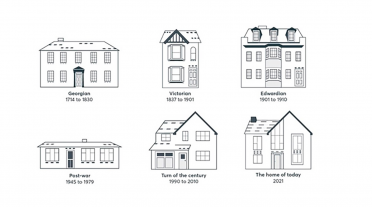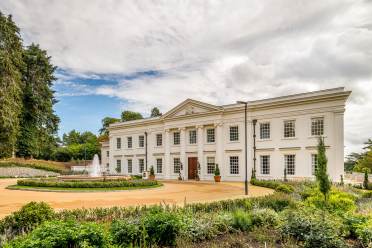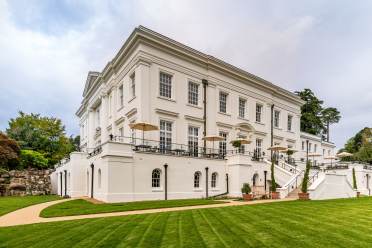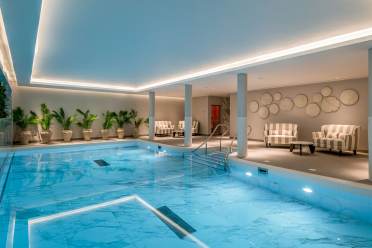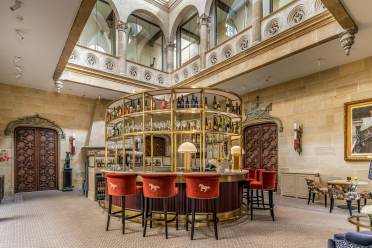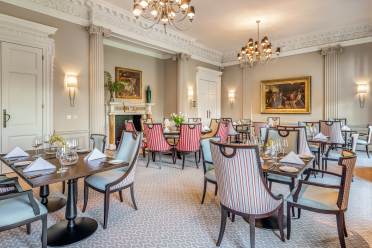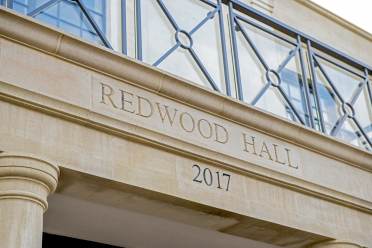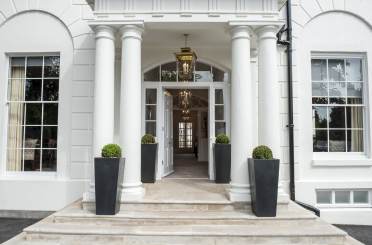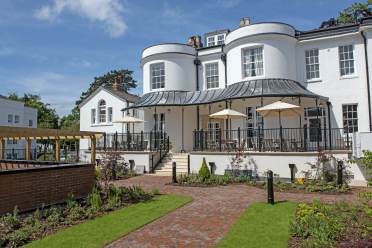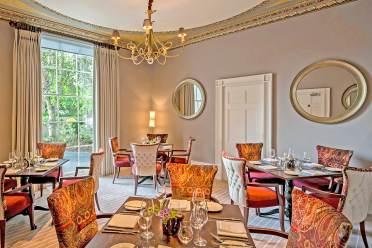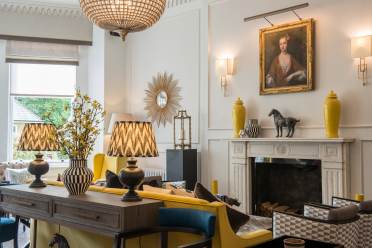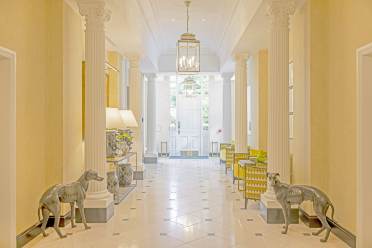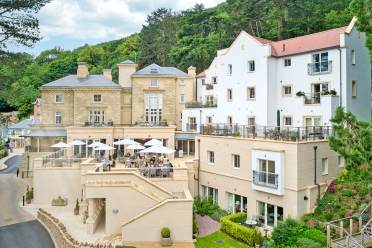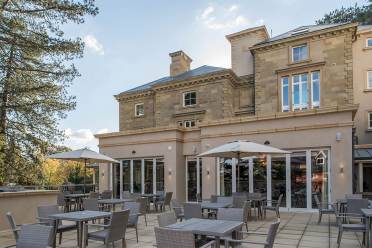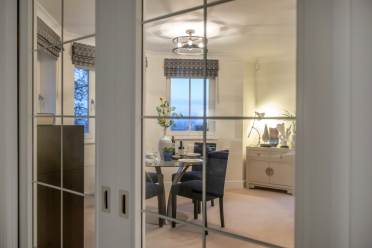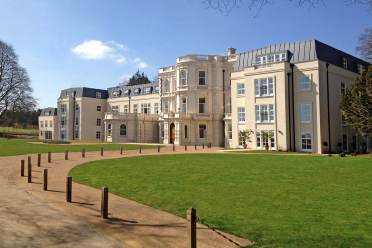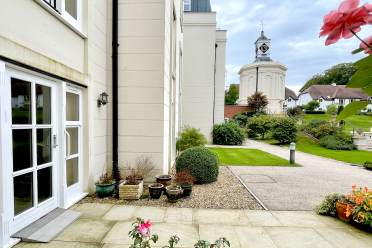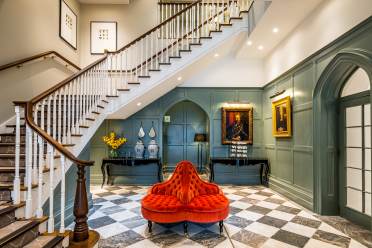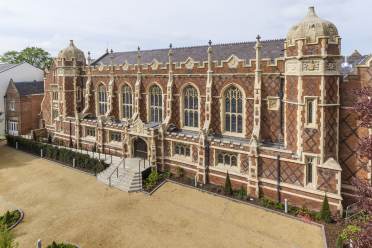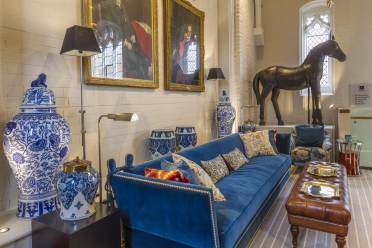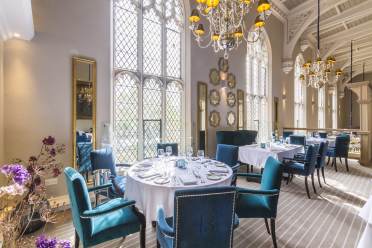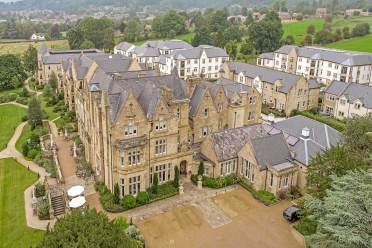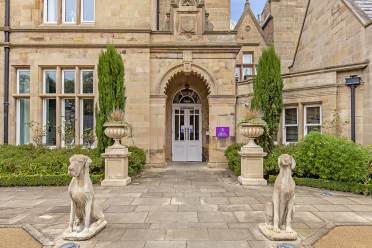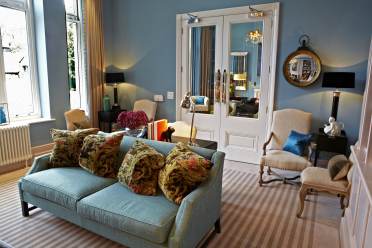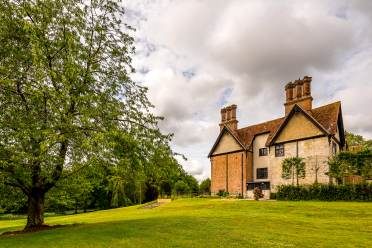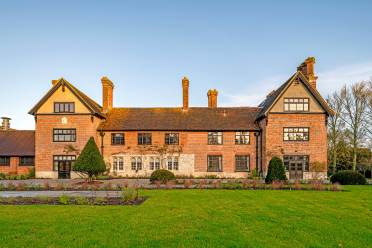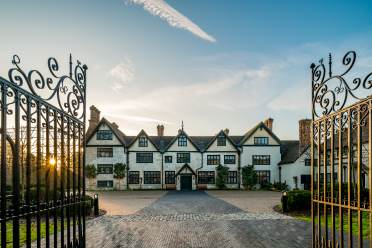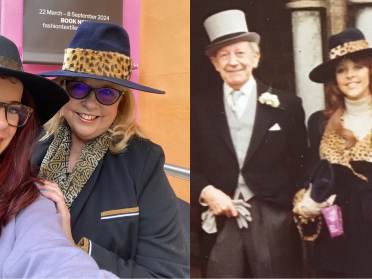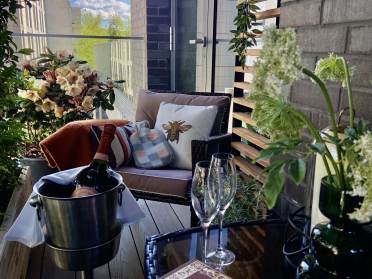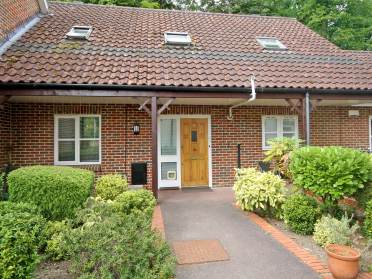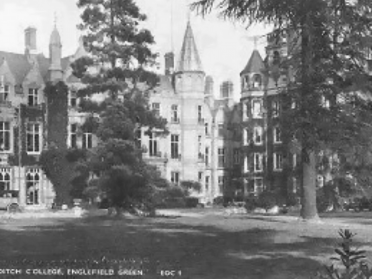The style of British housing has changed dramatically over the years, writes Samantha Happe. From Georgian to Victorian, Edwardian to post-war, each era has its own distinct design language. There is still much to admire about the architecture of generations gone by, and many of today's architects remain influenced by our nation's built heritage.
At Audley we have developed a reputation for sensitive development of important but neglected buildings, and we are proud of the conservation awards we have won as a result. Here, then, is a pictorial guide to Britain's architectural legacy, as seen at Audley Villages nationwide.
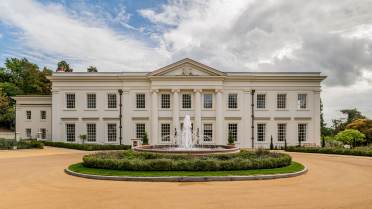
We take exceptional pride in our Audley retirement villages. When we plan a new village we take into consideration the existing building's history and how we can preserve its authentic style -- from the unique appeal of the location to the quality of the build itself, to the impeccable décor and exquisite finishing touches.
The centrepiece buildings at the heart of Audley villages include Tudor halls, Georgian mansions and Victorian villas. We have become renowned for the sensitive development of important but neglected buildings and, as a result, have won a number of Conservation Awards.
Whether the new retirement village requires a completely new structure or involves restoring an existing building to its former grandeur, there is much to learn from the architecture of time gone by.
Georgian
1714 – 1830
The Georgian period was relatively peaceful and prosperous in England, and saw a great increase in building. Many variations developed, but all share the era's love of symmetry and regularity, along with sparse external ornamentation. Inside was a different story, especially in grand country houses with their columns, arches, grand fireplaces and vast displays of art and trinkets. Windows consisted of six or more small panes of glass held together in a rectangular wooden lattice; the height of windows often varied between storeys. Houses were built in stone or brick (often covered with stucco), and in towns even better-off people often lived in terraced housing.
Audley Sunningdale Park
Our latest retirement village close to Ascot sits amongst 79 acres of gardens and woodland and is centred around the magnificent Northcote House, a Grade II listed neo-Georgian mansion.
Audley Redwood
Audley Redwood is a completely new structure, built in 2010, modelled on the Regency and Georgian styles of building. Surrounded by beautiful green landscape, Audley Redwood comprises 106 retirement apartments and 20 cottages, all built to perfectly complement the local Georgian architecture, and offering exquisite retirement living.
Today's luxury retirement village sits within the grounds of the former Redwood Hotel and Country Club, which was built in 1898 and served as house for Sir Greville Smyth's ornithological collection.
Edwardian
1901 – 1910
Edwardian architecture is a Neo-Baroque style that was popular in the British Empire during the Edwardian era (1901–1910). Edwardian houses are known for ornate decorative details, including floor tiles, stained glass and timber, as well as large rooms with high ceilings.
Audley St George’s Place
Audley St George’s Place in Edgbaston opened in 2017, restoring the stunning Edwardian buildings to their former glory. As well as the careful restoration of the two original Grade II listed Regency villas and a Victorian schoolhouse, new St George's Place buildings have been designed to fit harmoniously with the surroundings. Today, the village comprises 95 apartments and cottages for over 55s, as well as the Audley Club health suite, library, restaurant and gardens.
Victorian
1837 – 1901
The mid-to-late 19th Century saw a succession of architectural revival styles, including Gothic, Renaissance, Romanesque, Queen Anne and Scots Baronial. Ornamentation was often extravagant, exteriors became colourful, and complicated structures appeared, including bay windows, Mansard roofs and wraparound porches. Out went Georgian restraint and in came ostentatious wealth, fuelled by the Industrial Revolution. Ironwork and box-sash bay windows are characteristic of the period.
Willicombe Park, Royal Tunbridge Wells
The first Audley Village. Built in 1999, this friendly and welcoming retirement village consists of 67 apartments, penthouses, bungalows, cottages and lodges set in four acres of landscaped gardens around a Victorian villa. Willicombe Park is just a short distance from Royal Tunbridge Wells, an elegant town that's remained popular since its Georgian heyday.
Willicombe Park has won a prestigious Best Retirement Property award as well as conservation awards for the refurbishment of the Victorian mansion at the centre of the scheme.
Ellerslie, Great Malvern
Three grand Victorian mansions, one of which is Grade II* listed, form the centrepiece of Audley Ellerslie. The village opened in 2018 and is home to 101 one, two and three bedroom properties for over 60s. Located in Great Malvern and set against the spectacular backdrop of the glorious Worcestershire countryside, many of the properties boast uninterrupted views of the Severn Valley.
Inglewood, Berkshire
Nestled among 39 acres of beautiful grounds in the greenest part of England’s royal countryside once owned by William the Conqueror, this magnificent manor house has been carefully rebuilt and returned to its former glory. Audley Inglewood is home to 91 luxury retirement apartments and since opening has proved to be incredibly popular.
Victorian Gothic
1830s – 1880s
The industrial revolution brought new methods and materials, but architecture looked to the past for inspiration. No flourish, no crenellation, no bell tower or turret was too much for this retro style. Picture a classic Victorian folly, Keble College in Oxford, or the Palace of Westminster and you have the idea. Mass-produced details and large plate-glass windows are sure giveaways of a revival building.
Audley Cooper’s Hill, Surrey
The site of the former Brunel University Runnymede campus has a long and colourful history, with links to Henry VIII and the Statue of Eros now at the centre of London’s Piccadilly Circus. Today, the Victorian Gothic building has been transformed from student accommodation into a luxury retirement village.
Audley Cooper’s Hill comprises 128 retirement properties for the over 55s and is located within the 66 acres of the Magna Carta Park.
Binswood Hall, Royal Leamington Spa
Binswood Hall was formerly North Leamington College and is located in the heart of the Royal Leamington Spa conservation area. It’s a short walk from the centre of Leamington Spa, including the famous Pump Rooms. The village, which has 114 retirement properties, is centred round Binswood Hall, an imposing Grade II* listed Victorian Gothic mansion. Audley has also secured planning permission to begin work on Kenilworth Place, its first satellite site. This will see the construction of 26 new luxury properties at Audley Binswood and properties are already starting to sell.
Audley St Elphin’s Park
Audley St Elphin's Park is a luxury retirement village set in 14 acres in the Derbyshire Dales, close to Matlock and Bakewell. The restored Victorian school at the centre of the village has been expertly restored and now boasts a swimming pool, fitness centre, hair salon, treatment rooms, library, bistro and restaurant. The village has been built to reflect the style of a traditional Derbyshire hamlet.
Tudor
1485 - 1558
Tudor manor houses were about more than a luxury lifestyle. They served as a very visible way for their wealthy owners to flaunt their wealth and social status in a display of one-upmanship. These buildings often featured the latest in red-brick construction with faux battlements, had tall, patterned chimneys, and featured prominent family crests in carved stone. A large, well laid-out garden was a must for the 16th Century social climber who really wanted to be talked about. Expensive too were glass windows, which then featured small pieces of glass held together with lead.
Many such houses have been extended and reconstructed since their Elizabethan heyday but most did at least survive the 17th Century English Civil War. Many of their stylings found echoes in the 19th Century Tudor Revival movement.
Audley Stanbridge Earls, Romsey
The main house in Audley Stanbridge Earls is a Grade II* listed centrepiece building. The site boasts an impressive history dating back to Saxon royalty, with links to King Alfred the Great and the founder of modern nursing, Florence Nightingale. It was Nightingale's father who began the transformation of the building into its current form.

